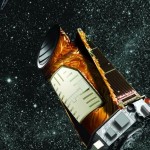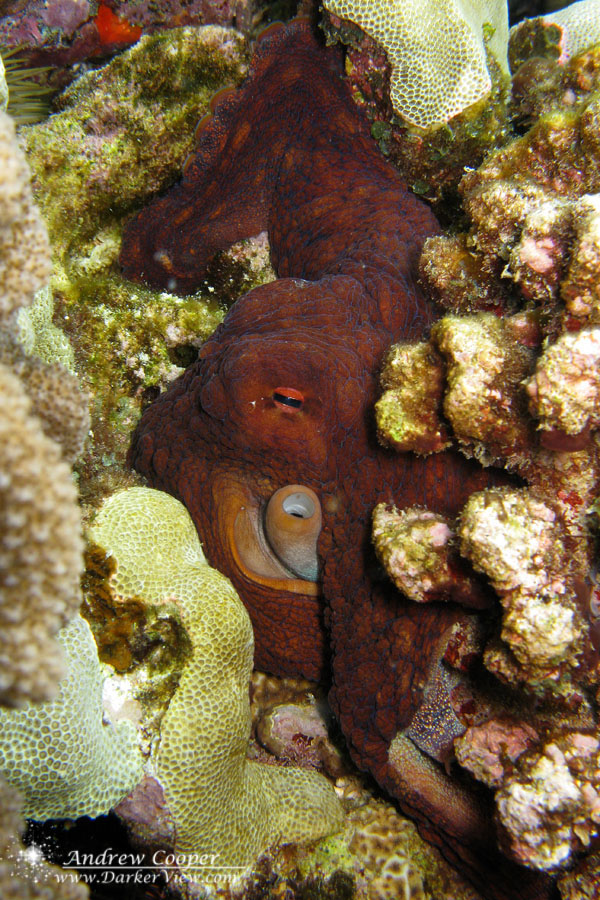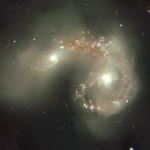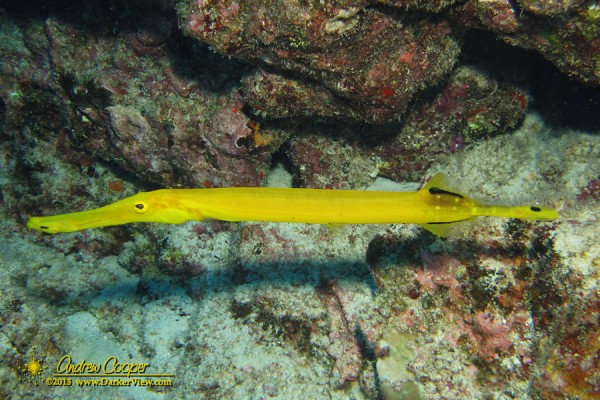Living south of the Tropic of Cancer we get to experience an interesting phenomena that folks outside the tropics will not see. There are two days each year when the Sun passes directly overhead. In the islands this event is called Lahaina Noon.
| Location | Date | Time |
|---|---|---|
| Hilo | May 18th | 12:17pm |
| Waimea | May 19th | 12:20pm |
| Kahului | May 24th | 12:23pm |
| Honolulu | May 26th | 12:30pm |
| Lihue | May 30th | 12:36pm |
The date on which this event occurs each year depends on your exact latitude, the further north the later in the spring it will occur. Thus the day for Lahaina noon will vary by eight days from Hilo to Honolulu, and another five to Lihue. As you approach the Tropic of Cancer at 23°26’N Lahaina Noon will occur closer to the summer solstice. The date will also slip a little due to the out of sync nature of our seasons and our calendar. This is the reason we insert a leap year into the calendar every four years.
This year Lahaina Noon will occur on May 18th for residents living in Hilo, or May 26th for Honolulu. It is also important to remember that the Sun is not directly overhead at 12:00 exactly. As the islands lie west of the center of the time zone, true local noon occurs up to half an hour after 12:00.





